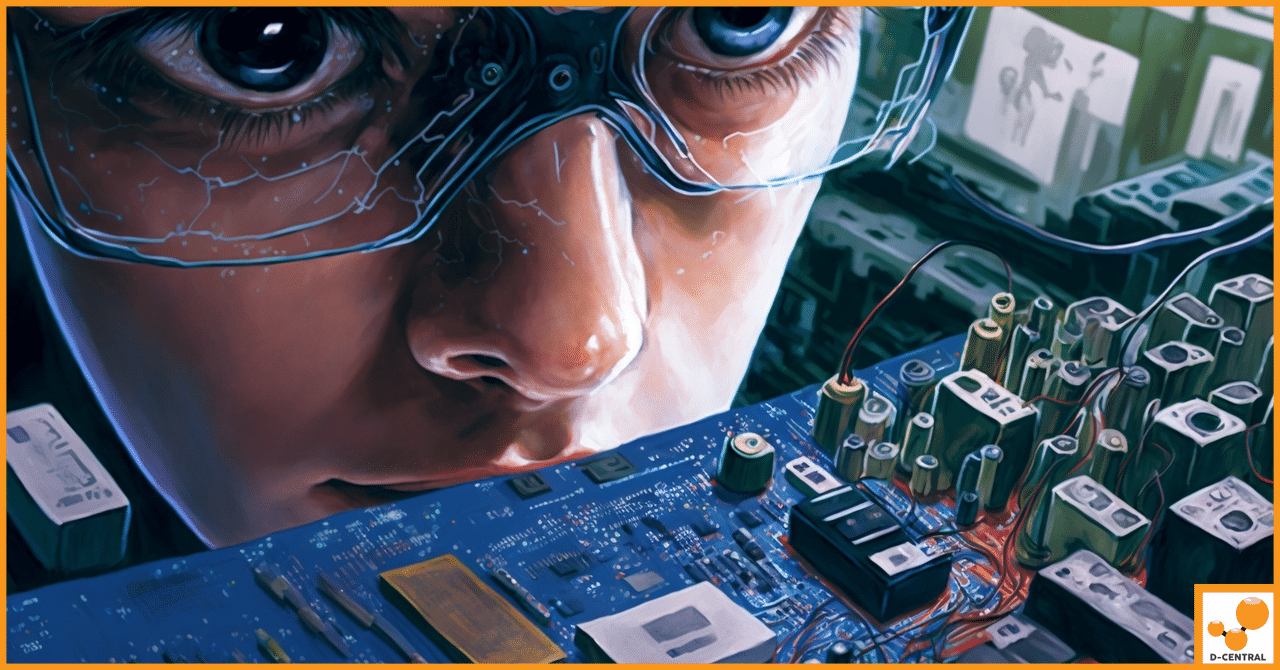How to Mine Bitcoin with Antminer S17
Bitcoin mining is the process of adding new transactions to the Bitcoin blockchain and verifying their validity by solving complex
4479 Desserte Nord Autoroute 440, Laval, QC H7P 6E2
Welcome to the world of Bitcoin mining, where miners work tirelessly to secure the network and earn Bitcoin as a reward. As an aspiring Bitcoin miner, you’ve probably heard about the lucrative rewards of mining, but you should also know that it requires a deep understanding of the process and a well-rounded set of tools to be successful. In this comprehensive guide, we will explore the essential aspects of Bitcoin mining, from understanding the basics to selecting the best Bitcoin mining software and hardware. We’ll also provide valuable tips for optimizing your mining setup and staying informed on the latest trends in cryptocurrency mining.
Bitcoin mining is the process of adding new transaction records to the blockchain, which is a public ledger containing all confirmed transactions. Miners compete to solve complex mathematical problems, and the first one to find a solution adds a new block of transactions to the blockchain. They are then rewarded with newly created bitcoins and transaction fees. This process not only secures the network but also serves as a mechanism for creating new bitcoins.
In the early days of Bitcoin, mining could be done using a standard computer, but as more miners joined the network and the difficulty of the mathematical problems increased, specialized hardware was developed to improve mining efficiency. Nowadays, powerful and energy-efficient equipment like ASIC (Application-Specific Integrated Circuit) miners dominate the mining landscape.
As a budding Bitcoin miner, choosing the right hardware is crucial. The most common options are:
When selecting your mining hardware, consider factors like hash rate, energy consumption, and cost. The higher the hash rate, the more powerful the device, but also likely more expensive and energy-consuming.
Once you’ve acquired the hardware, you’ll need to select a Bitcoin mining software compatible with your device. The software’s primary function is to connect your miner to the mining pool, where miners work together to solve the mathematical problems. Bitcoin mining software should be user-friendly, compatible with your hardware, and offer essential features like performance monitoring, temperature control, and remote access.
A crypto miner is an individual or organization that participates in the process of mining cryptocurrencies. As a crypto miner, your main goal is to maximize your mining rewards by optimizing your hardware and software configuration and staying informed on the latest mining trends and technologies.
There are several Bitcoin miner software options available, each with its unique features and benefits. Some popular choices include:
When comparing Bitcoin miner software, consider features like platform compatibility, mining pool support, and user interface.
When selecting a crypto mining software, ensure that it:
Bitcoin mining apps are mobile applications that allow you to mine cryptocurrencies using your smartphone or tablet. While these apps are convenient and easy to use, they come with several drawbacks:
To maximize your mining rewards, it’s essential to optimize your setup. Here are some tips:
Mining cryptocurrencies requires a significant amount of energy, which can be expensive and harmful to the environment. Here are some tips for managing your energy consumption:
The world of cryptocurrency mining is constantly evolving, with new technologies and trends emerging regularly. To stay up-to-date and make informed decisions, consider:
In addition to Bitcoin mining software, there are many options for mining other cryptocurrencies. Some popular mining software options include:
When selecting mining software for a specific cryptocurrency, consider factors like performance, compatibility, and community support.
To start mining Bitcoin, you’ll need to join a mining pool or cloud mining service. Some trusted options include:
Before joining a mining pool or cloud mining service, research their reputation and fees to ensure they are trustworthy and profitable.
As the cryptocurrency market continues to grow, the future of Bitcoin mining is full of both challenges and opportunities. Some key trends to watch include:
Despite these challenges, the future of Bitcoin mining remains promising, with the potential for high rewards and continued innovation.
To continue your education and development as a Bitcoin miner, consider exploring the following resources:
Bitcoin mining can be a lucrative and rewarding endeavor, but it requires a deep understanding of the process and a well-rounded set of tools. By selecting the right hardware and software, optimizing your mining setup, managing your energy consumption, and staying informed on the latest trends, you can become a successful Bitcoin miner. As you continue your journey, remember to seek out new learning opportunities and connect with other miners to share knowledge and insights.
What is Bitcoin mining?
Bitcoin mining is the process of adding new transaction records to the blockchain. Miners solve complex mathematical problems, and the first one to find a solution adds a new block of transactions to the blockchain. They are rewarded with newly created bitcoins and transaction fees.
What are the essential tools for a Bitcoin miner?
Essential tools for a Bitcoin miner are the right hardware, such as ASIC miners, GPUs, and FPGAs and Bitcoin mining software that is compatible with your device and offers features like performance monitoring and temperature control.
What is a crypto miner?
A crypto miner is an individual or organization that participates in the process of mining cryptocurrencies. The goal is to maximize mining rewards by optimizing hardware and software configuration and staying informed on the latest mining trends and technologies.
What is a Bitcoin mining app?
Bitcoin mining apps are mobile applications that allow you to mine cryptocurrencies using your smartphone or tablet. While they are convenient and easy to use, they have limited performance and battery consumption and security risks.
How to optimize your mining setup?
To optimize your mining setup choose the right hardware, configure your mining software, maintain your hardware, and monitor your performance. Also, manage your energy consumption by selecting energy-efficient hardware, monitoring energy usage, using renewable energy sources, and joining a mining pool.
Where can you mine Bitcoin?
To start mining Bitcoin, you can join a mining pool or cloud mining service. Some trusted options include F2Pool, Hashflare, and Genesis Mining.
Avis de non-responsabilité : les informations fournies sur ce blog sont fournies à titre informatif uniquement et ne doivent en aucun cas être considérées comme une forme de conseil.
Articles Similaires
Bitcoin mining is the process of adding new transactions to the Bitcoin blockchain and verifying their validity by solving complex

Avez-vous déjà entendu parler d’une fonction de hachage ? Si ce n’est pas le cas, ne vous inquiétez pas –

Six Sigma est une méthodologie d’amélioration des processus utilisée dans l’industrie de la fabrication électronique depuis des décennies. Son objectif